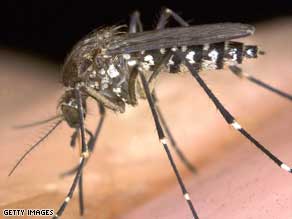From Science News:
Border collies know to retrieve toys when owners present replicas or, in some cases, photos of those toys.
Dogs are lousy conversationalists and can’t write worth a lick. But don’t sell the family pooch short when it comes to grasping subtle references in human communication, a new study suggests.
Border collies quickly realize that their owners want them to fetch a toy from another room when shown a full-size or miniature replica of the desired item and given a command to “bring it here,” say biological psychologist Juliane Kaminski of the Max Planck Institute for Evolutionary Anthropology in Leipzig, Germany, and her colleagues. Even a photograph of a toy works with some dogs as a signal to fetch that toy from an unseen location, the researchers report in an upcoming issue of Developmental Science.
Read more ....


















